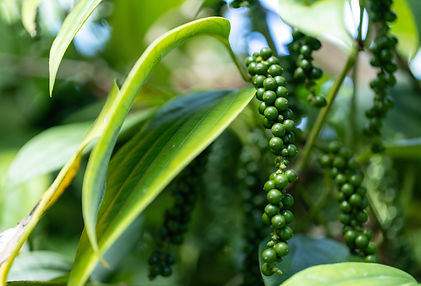
Conservation and Sustainability
How We Protect the Forest
Conservation is at the center of our work. We only source cacao from systems that protect the forest, whether through agroforestry that restores degraded land or wild cacao that grows naturally in the forest. These models show that it is possible to produce premium cacao while keeping the Amazon standing.


In the Amazon, producers face constant pressure to cut down forests for monocultures or pasture. These changes promise short-term gains but result in loss of biodiversity, soil degradation, and reduced resilience over time. Origin Amazônia’s goal is to support producers with alternatives that keep the forest standing while ensuring stable, long-term income.
Conservation through Agroforestry
The vast majority of our dryland cacao is cultivated in agroforestry systems used to regenerate degraded territories. These areas integrate cacao with native trees, fruits, and other species, creating shade, biodiversity, and healthier soils. Agroforestry is used mainly to regenerate degraded pasture, bringing vegetation and wildlife back to areas that were once cleared. By adopting these systems, producers secure long-term productivity and income.





Conservation through Wild Cacao
We also source cacau-de-várzea, a wild cacao that grows naturally on Amazonian river islands, as well as native cacao trees found in dryland forests. In both cases, production occurs without clearing land: trees grow naturally, nourished either by seasonal floods or forest soils. Harvesting is done in balance with the environment, making wild cacao one of the most sustainable models in the region.




Our Impact
Traditional agroforestry plots (40+ years) preserve dense canopy and biodiversity, with cacao grown among native trees and fruits.
Regenerative systems restore degraded pastures or former monoculture plots by integrating cacao with species like açaí, mahogany, pitaya, and pepper.
Cacau-de-várzea (floodplain cacao) is harvested without deforestation, maintaining river archipelagos and sustaining traditional knowledge passed through generations.
Cultural preservation: floodplain harvesting methods (canoes, tide-based timing, and collective work) protect a way of life closely tied to the forest.





